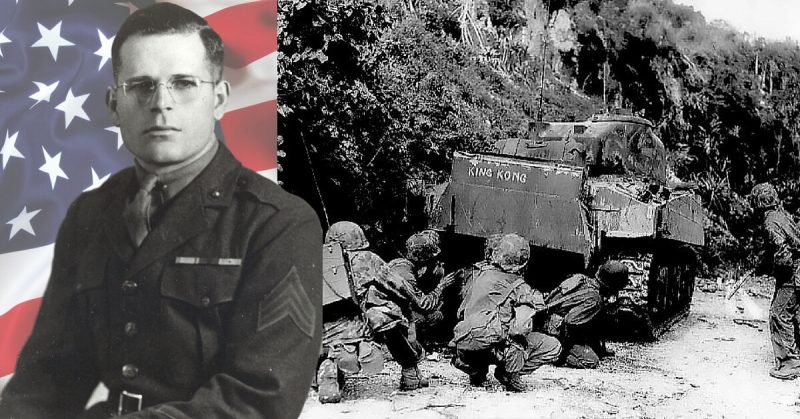By the time the Japanese attacked Pearl Harbor in 1941, Grant Timmerman had already served a 4-year enlistment in the Marine Corps. However, Timmerman was a Marine to the core and nothing could stop him from doing his duty in what he was certain would be a long and brutal war.
Previously serving as a Motor-Transportation driver, he would seek out a combat role upon his return to active duty and found it as a tank crewman. Progressing to the role of Tank Commander on Saipan, he covered the infantry’s advance as they took on fortified Japanese pillboxes. When the infantry became dangerously vulnerable to the muzzle blast from the 75-mm main gun, he exposed himself to enemy fire to warn them.
At that moment, a Japanese grenade descending towards the hatch and with just seconds to act, Sergeant Timmerman covered the hatch with his body and absorbed the blast to and protected his crew. For his actions on Saipan, Grant Timmerman was awarded the Medal of Honor and earned the eternal gratitude of his crew.
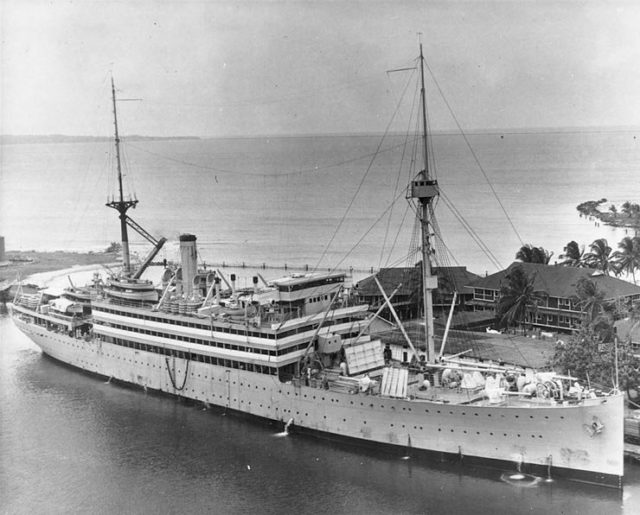
A Small Town Kid
Grant Timmerman was born in 1919 Americus, Kansas. His early life was that of typical small town America boy; Timmerman had his eyes set on experiencing the larger world. He learned French and Russian, working up to a functional level of fluency with dreams of world travel. He briefly attended college in Kansas before heading out to California to work as an electric welder in 1937.
However, life as welder simply did not provide enough excitement for him and in October of the same year he enlisted in the United States Marine Corps. After basic training in San Diego, he eventually made his way to the USS Henderson which was headed for China.
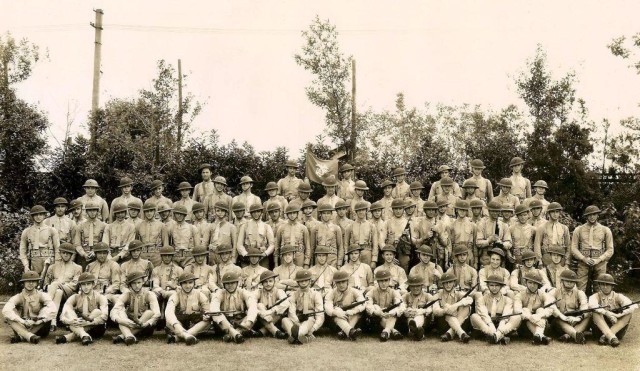
In China, he was assigned as a truck driver and motorcycle dispatch rider with the Motor Transport Company of 4th Marines. Finding the excitement he had missed in small town Kansas, Timmerman fell in love with China.
On one occasion in Shanghai, he actually encountered a hostile crowd of locals harassing an American woman when he and another person leaped to her defense. As it turns out, the woman was actually the wife of a U.S Navy commander leading to a letter of commendation for Timmerman in his official service record.
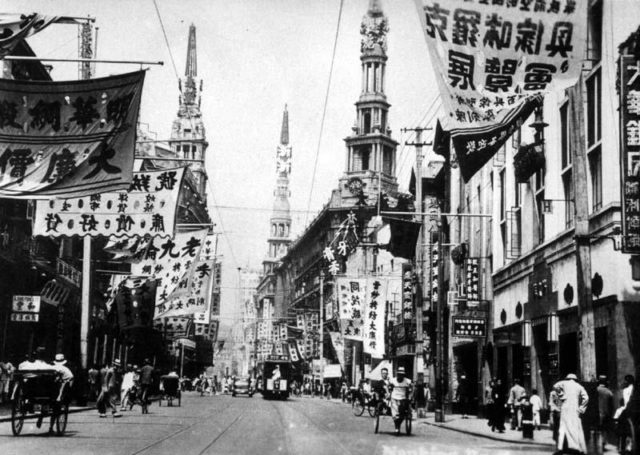
Typically a tour in China would only be 18 months for a Marine, but enjoying the world and having earned a favor from a Navy commander, Timmerman requested an extension which was eventually granted. In all, Zimmerman would spend nearly three years in China before returning home in 1941.
Having seen a new part of the world and with his four-year enlistment up, Timmerman returned to California where he got a job as a welder in the San Francisco shipyard in November of 1941.
Return to Service
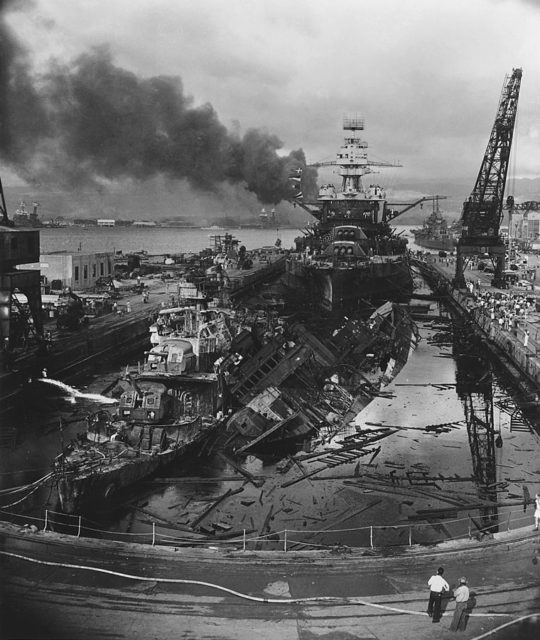
After just a few weeks as a civilian, the Japanese attacked Pearl Harbor and Zimmerman instantly regretted his decision to leave the Corps. Having already served and working in a vital wartime industry as a welder, Zimmerman had every opportunity to sit out the fight and serve from home. However, the small town boy from Kansas had seen too much of the Pacific already to miss out on this adventure.
Zimmerman re-joined and was assigned to a Transportation Company in San Diego. After a brief period as a clerk which simply didn’t suit his adventurous spirit, Timmerman secured a transfer to 2nd Tank Battalion of the 2nd Marine Division.
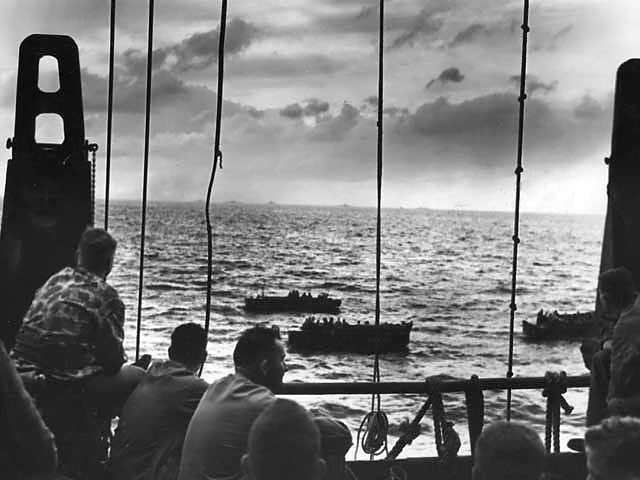
By late 1942, Timmerman was once again headed for the Pacific. The 2nd Tank Battalion was stationed in Wellington New Zealand, where they trained for their role in the upcoming island campaigns. Timmerman would get his first taste of combat on Tarawa in November of 1943.
Backing up the infantry, the tanks played a vital role in destroying Japanese fortifications and defensive emplacements. Once Tarawa was secured, the division headed to Hawaii for additional training and rest. On June 6th, 1944, Timmerman and 2nd Tanks departed for the invasion of Saipan.
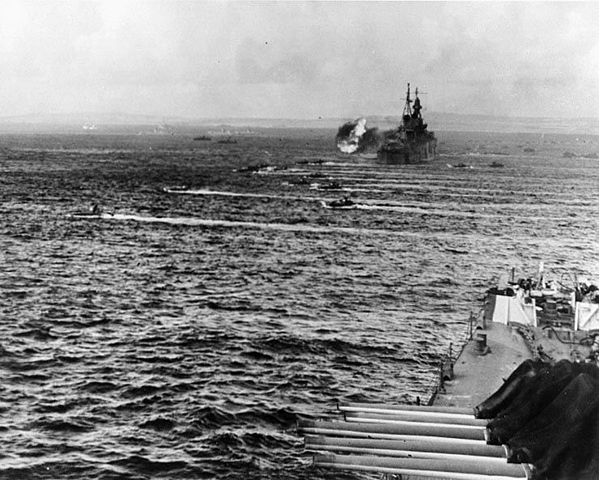
The invasion of Saipan began on June 15th, 1944 and by the 28th Sergeant Timmerman was helping to lead the advance as a Tank Commander. By this date he had received shrapnel wounds to the arm but continued to remain in the brutal fight.
On July 8th, Timmerman was leading an advance of infantry with his tank to the front. He had been firing the anti-aircraft gun at the enemy emplacements when they came upon a fortified pillbox that halted the advance.
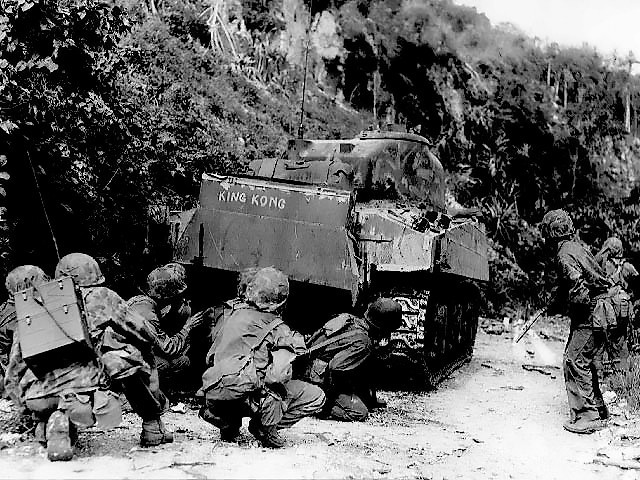
It was at this point he decided to employ the 75mm gun but the infantry was dangerously exposed to the muzzle blast. He exited the hatch to warn the infantry to get down and seek cover when a Japanese grenade hurled through the air with precision accuracy.
It was headed straight for the hatch and meant certain death for the crew. Immediately without regard for his own life, he covered the hatch with his body. The grenade exploded on Sgt. Timmerman’s chest, killing him instantly.
Medal of Honor
The crew, who only received minor shrapnel wounds, and the infantry who had observed the action, all immediately recognized what Timmerman had just done for them and his heroism. For his actions that day on Saipan, Sergeant Grant Timmerman was awarded the nation’s highest military honor.
On July 8th, 1945 which was the first anniversary of his death, a small, modest ceremony took place at his parent’s home at their request. Rather than public accolades and great fanfare, his family just wished to receive the medal in private.
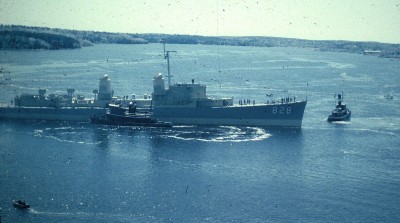
Sgt Timmerman was initially buried in the 2nd Marine Division Cemetery on Saipan but was eventually re-interred to a cemetery in Honolulu, Hawaii. In 1946, the Navy named a new Gearing-class destroyer in his honor. Finally coming to terms with her grief, Timmerman’s mother publicly christened the USS Timmerman in 1946.
The nation and most certainly the men in his tank commanded by Sergeant Timmerman their gratitude, he earned a place among the nation’s heroes and his story has an honored place in the history of war.
